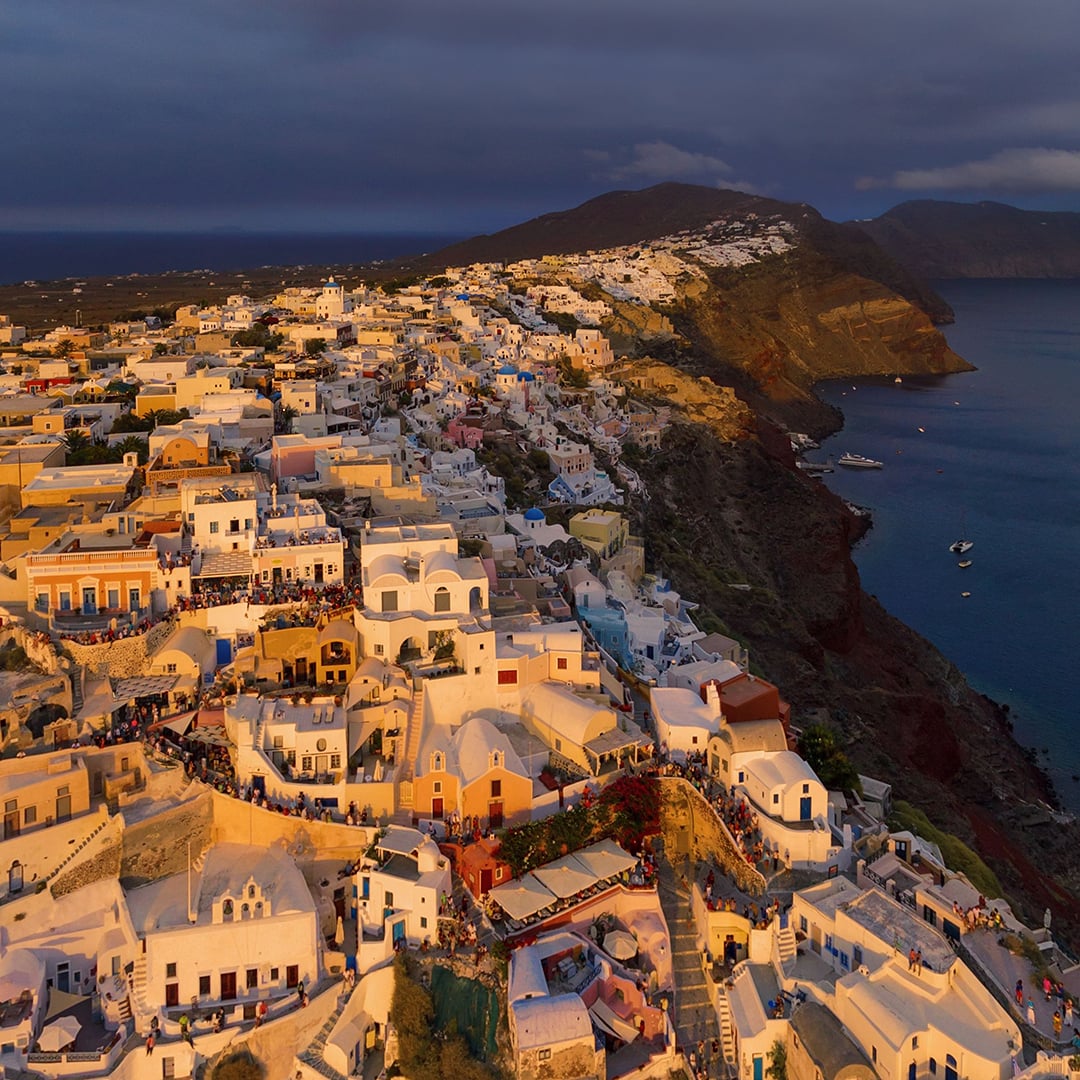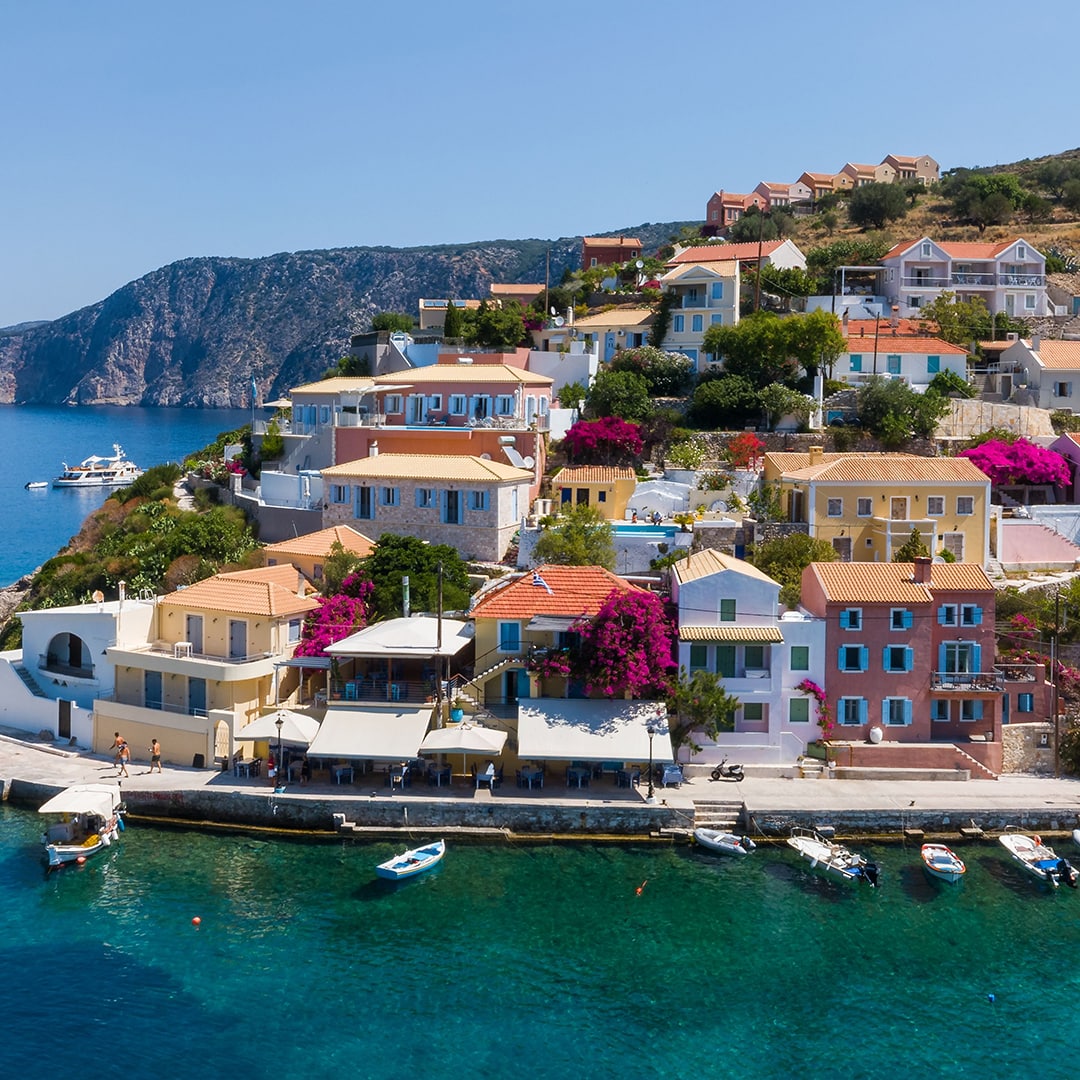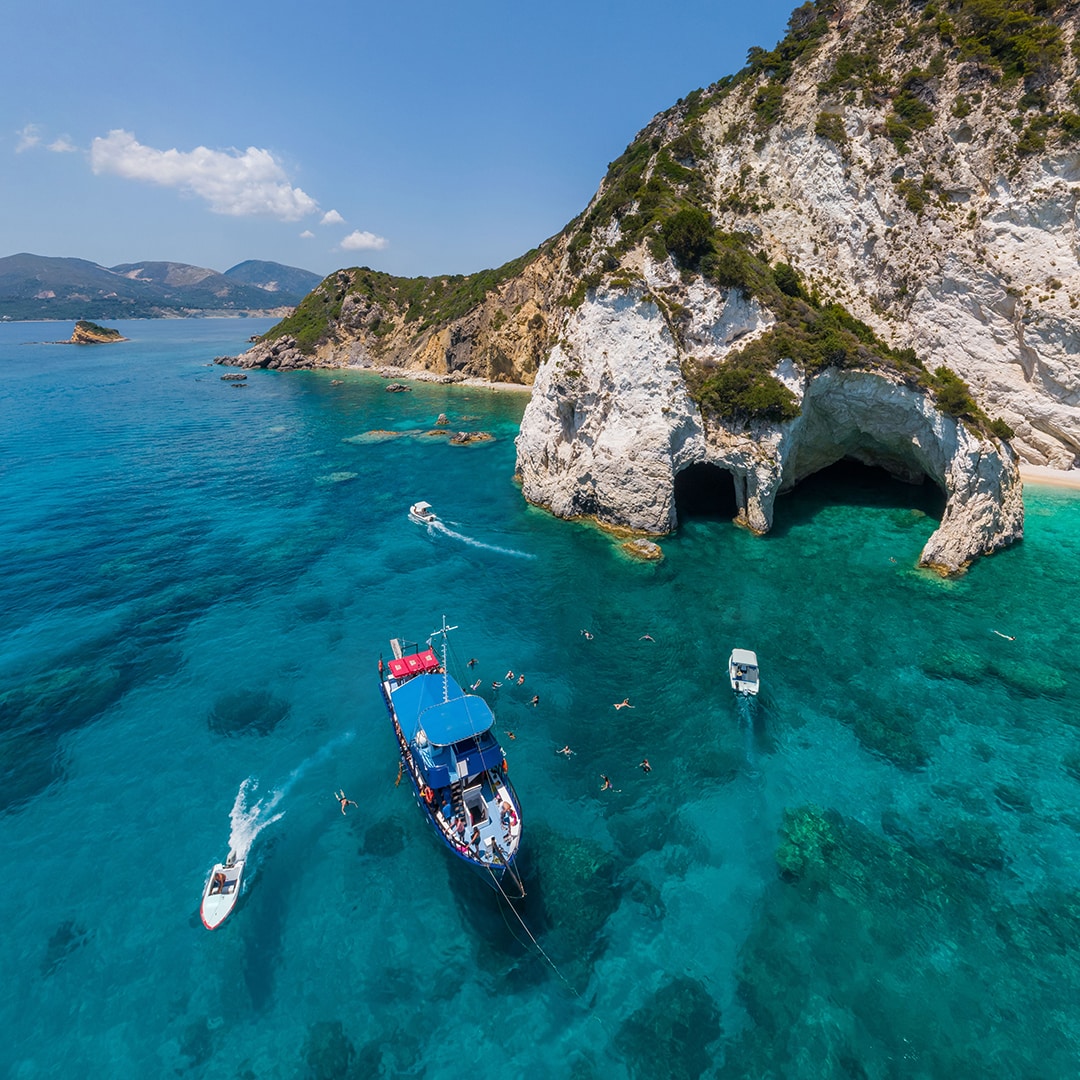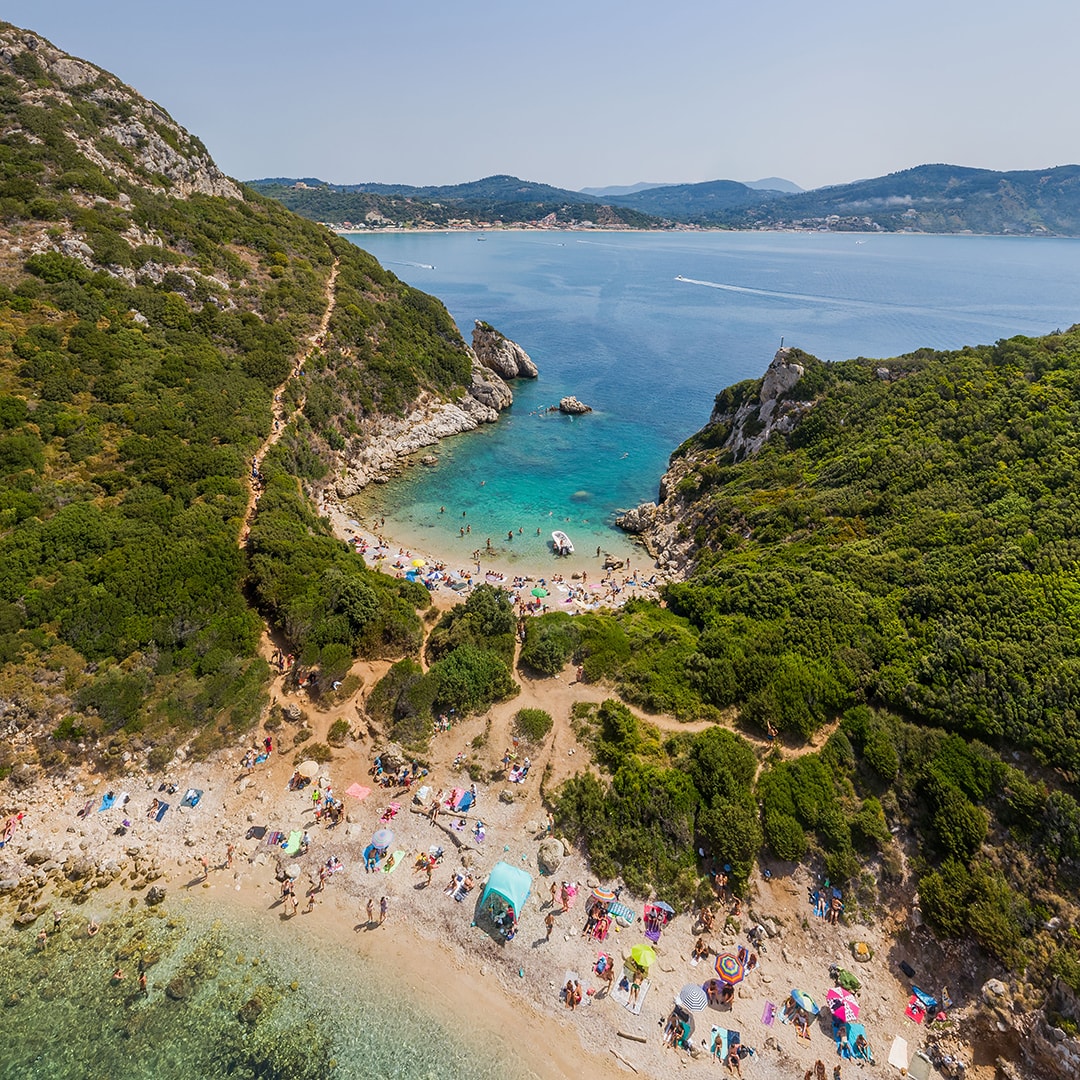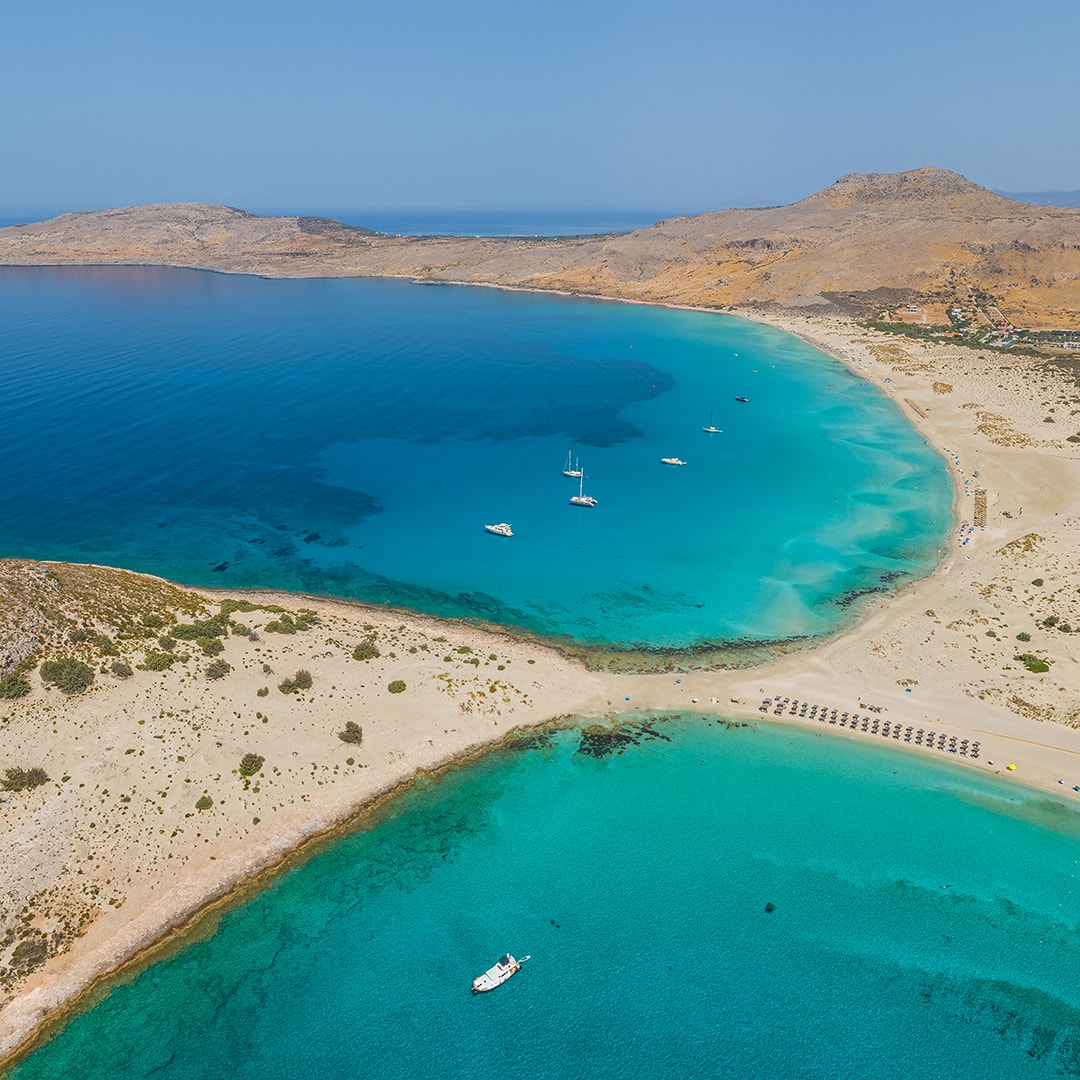Zakynthos Island, Greece
In March 2021 we planned to go to Zante Island (aka Zakynthos). This was my first time here, so I had nothing to compare it with. Because of the quarantine restrictions, the landlord of the house we had booked did not believe we could make it until we arrived. But strangely enough, we had absolutely no problem flying from Santorini with a short layover in Athens. We didn't even have to pick up our luggage there, since we were flying with the same airline.
So, Zakynthos. We have rented a car, the evening sun is already approaching the skyline of the mountains, and we are driving up north of the island on a narrow highway. Our destination is just a point on the map, there are no populated areas near the house on the coast. When we arrive, it is completely dark, and then we get a surprise: the hosts of the house are waiting for us in their car right on the road. I think it would have taken us a long time to find this house without the escort – it's so well hidden behind the olive trees.

It had been a while since I experienced such a warm hospitality of landlords. We were accommodated and treated to a home-cooked meal. It was a dream come true after a full day of flying and driving. Those who haven't read my post about Santorini should keep in mind that we made the trip in March 2021, in the middle of the pandemic lockdown. In the evening, the whole country went "dead" because of the curfew, but finding a restaurant that at least offered takeout was a big problem even during the day. On Zakynthos, there were no such places anywhere near our house because we were far away from big cities. So we bought groceries at the only supermarket located in the neighboring village and cooked our own food.
Zakynthos is known for its coves with sandy beaches among sheer cliffs, most of them on the north and west coasts of the island. Some coves can be reached by car, but most can only be accessed by boat, from the sea. Perhaps, the main attraction of the island is Navagio ("Shipwreck") Beach, which got its name after the Panagiotis smuggling ship carrying a cargo of wine and cigarettes from Turkey to Italy ran aground not far from the cove in 1980. The crew abandoned the ship and fled from the police in boats. Later, she was thrown onto the beach by a storm, and the cove has been called Smugglers' Cove ever since. Thousands of tourists come here every year to be photographed in front of the ship and to carve their name on her sides.

The beach and the ship were among our main filming targets on the island. The beach is enclosed by vertical cliffs over 200 m (656 ft) high. There is an observation deck at the top, which can be reached by car, but the ship can only be approached by water.
We started looking for a boat, but it's no easy task during off-season. All the boats we saw while traveling around the island were mostly parked on the shore. There were only a few unmanned fishing boats docked at the pier of the nearest harbor. The hostess of our house stepped in and called her fisherman friends to help us. And then it turned out that the police had banned everyone from going to sea and threatened to arrest and impose a large fine on everyone who did so. Lockdown!
What were we supposed to do? I decided to fly a drone to the ship from the top of the bluff. The challenge was that I had to climb down into a canyon between two vertical walls, 100-150 m (328-492 ft) from the starting point. Moreover, if something had gone wrong, it would have been impossible to get the aircraft back. For example, if the battery hadn't had enough charge to lift the drone back up to the takeoff pad, the drone would have ended up in the sea or on the beach. Climbing down the rocks to get it off the beach would probably have been possible if we had known any rock climbers there, but we had the same problem with rock climbers as we did with the boat. I talked to the team pilots about flying at negative altitudes and decided to take my chances.
It was impossible to fly the drone from the safe observation deck over the beach – we could not see the entire route of the upcoming flight, so we walked along the cliff to look for a suitable place. Soon we found one: near the memorial stone to a local guy who had died here a few years before. I'm not a superstitious person: the main thing is that the beach and the ship were clearly seen from this point. However, there were no guardrails in this place, and I've been terrified of heights since I was a kid. Getting to the edge of a high cliff is almost beyond me. In short, I was flying the drone shaking in my shoes. I was very scared! Both for the drone and for myself. But I could not go far from the edge of the cliff – the beach would have got out of sight.

My fear subsided only after a few flights over the ship, when I lifted the drone above the rocks and landed it in my hand doing what I always did. After that, there were more flights over the rocky coastline in other places on the island, but I no longer felt the same fear as I did near Navagio.
After shooting footage of the island, we visited Shipwreck Beach again on the last day of our trip. There was a hell of a wind blowing from the sea, and flying the drone that day was out of the question. But the view of the sea raging beneath us was so mesmerizing that it would have been a crime not to film it. At times, the waves surged over the ship, almost completely covering the beach with water. And that was just a very strong wind, not a storm! I can only imagine the waves that can rise here in a real tempest.
We decided to try to film the ship from different points on a ground 360-degree video camera. To do so, we attached it to a telescopic monopod, which we bolted to a heavy tripod. We had to stick the whole thing out as far over the edge of the cliff as possible without dropping it or taking a tumble. We started at the observation deck with a safe guardrail in place. But I didn't like the angle very much and, sweating a little with fear, I crawled out beyond it to stick my camera as far away from the edge of the cliff as I could. It seemed to work! Then my colleague pulled a similar stunt several times. But the straight-line distance from the top of the rock to the ship is about 500 m (547 yd), which is a very long range for panoramic shooting. So we thought it was time to do some rock climbing.

On previous visits to the observation deck, we had noticed a small trail that led down to the top of an isthmus just above the wrecked ship. We weren't sure if we could get there, but we wanted to try. When we started off, it looked like a road, but after a few hundred meters (yards) it turned into a trail, which soon became barely visible among the bushes on the slope of the cliffs. It didn't look like anyone was walking here much. "It's like a goat track!" I thought, and as it turned out later, I was right.
The descent was very difficult, our feet were slipping on the small rocks of the slope, we had to cling to the thorns with our hands and our bottoms. Half an hour later, a little roughed up and covered in dust, we were standing on the crest of the cliffs just above the ship. Yay! We did it! The view of the beach from here was completely different than that from the observation deck. It was worth the crawl! By the way, my fear of the "cliff edge" had almost disappeared by then, although it was probably due to the slight euphoria of a successfully completed job.

The way back up the mountain was easier than the way down: that's always the case on steep trails. Around one of the turns, I came face-to-face with the masters of the trail, a pair of mountain goats and a ram. They raced down an almost steep slope so fast that I didn't even have time to get my phone out: they were already out of sight.
Tired but happy, we crawled to the car, and took a farewell look at the beach and the ship. We were lucky to see this place without crowds of tourists.
I hope that watching today's video, you'll enjoy it as much as we did. And now some facts about Zakynthos.
Photos by Stas Sedov and Olga Shutova
11 March 2021
Read more
Virtual Travels in 360°
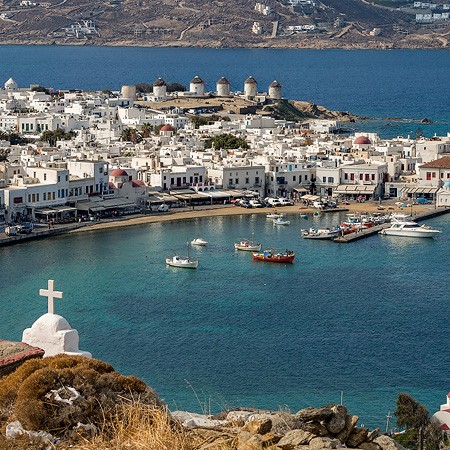 Mykonos Island, Greece
Mykonos Island, Greece
 The best panoramas made by AirPano in 2017
The best panoramas made by AirPano in 2017
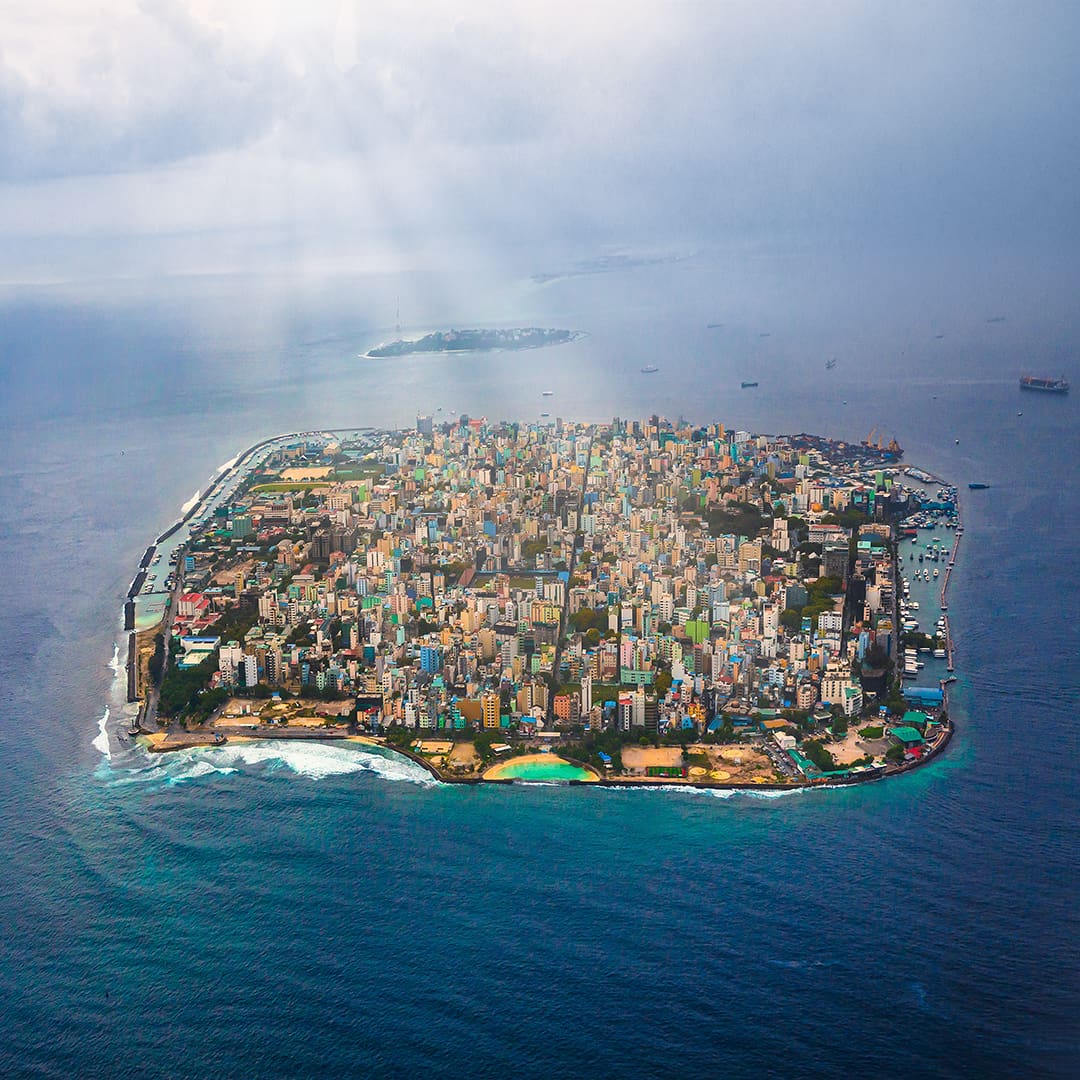 Malé, Maldives
Malé, Maldives
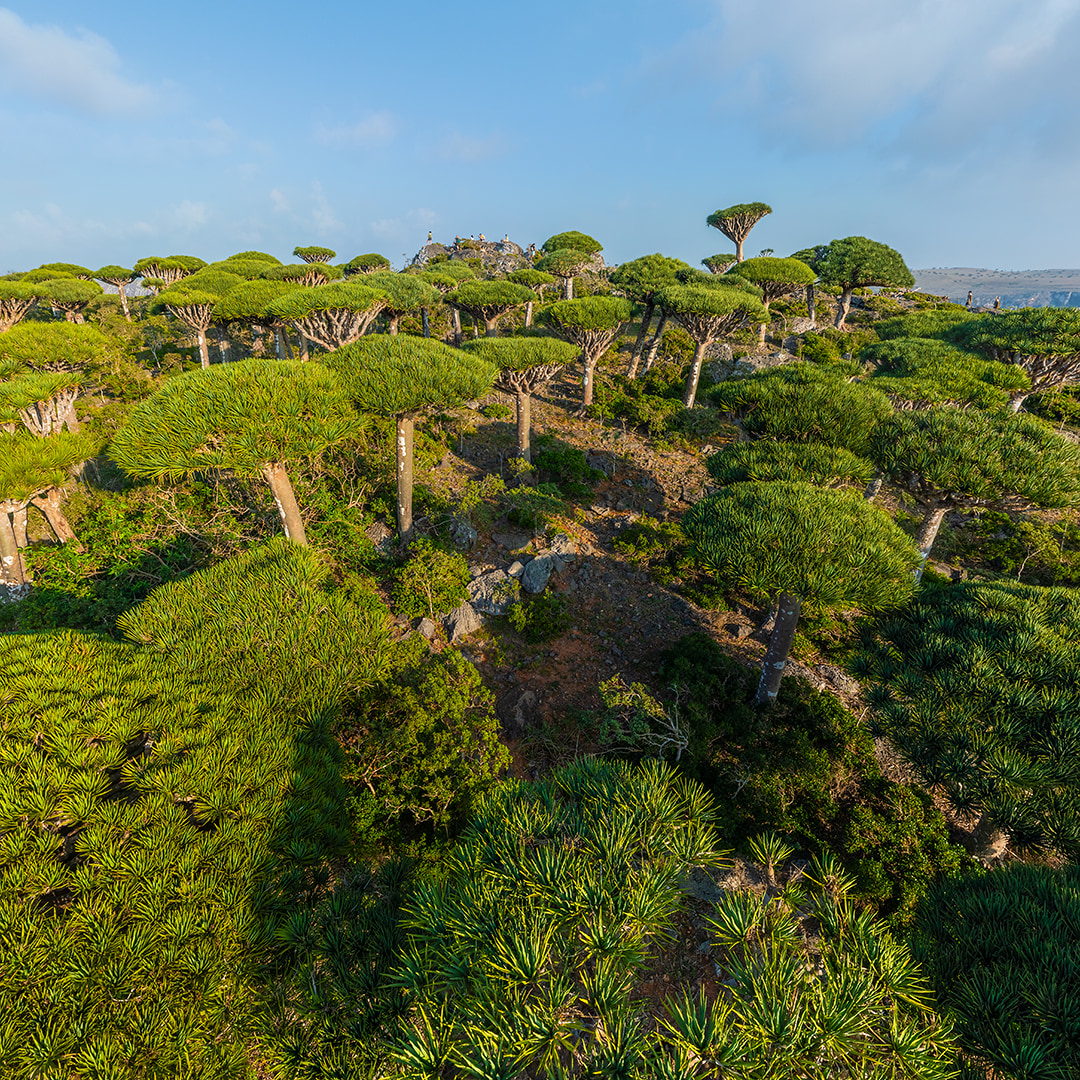 Socotra Island, Yemen. Part II
Socotra Island, Yemen. Part II
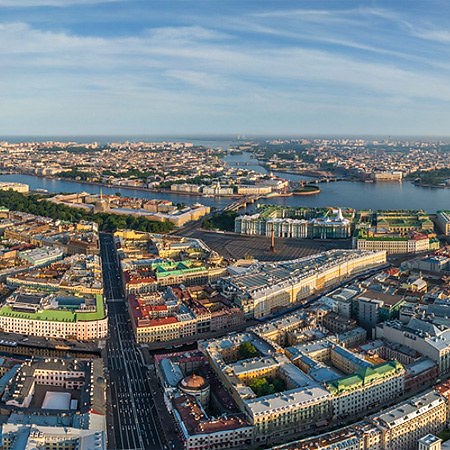 Saint Petersburg, Russia
Saint Petersburg, Russia
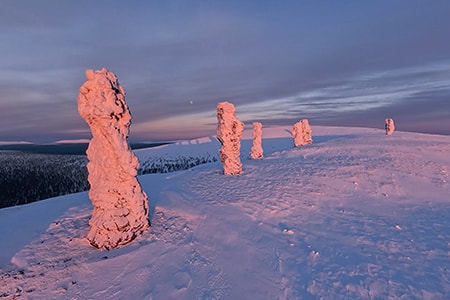 Trip to Manpupuner Rock Formations
Trip to Manpupuner Rock Formations
 Tribes of South Sudan. Explore Africa in 360° VR. 4K teaser.
Tribes of South Sudan. Explore Africa in 360° VR. 4K teaser.
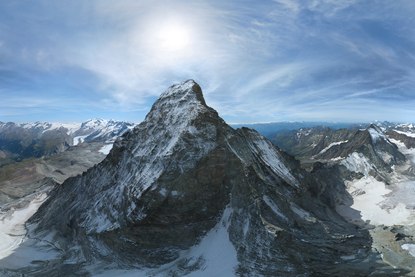 Matterhorn Mountain, Switzerland
Matterhorn Mountain, Switzerland
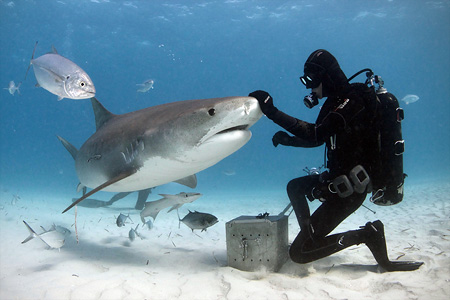 Sharks feeding. Bahamas
Sharks feeding. Bahamas
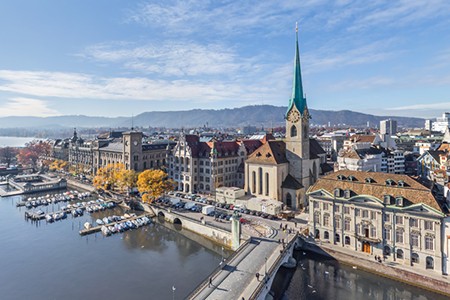 Zurich, Switzerland
Zurich, Switzerland
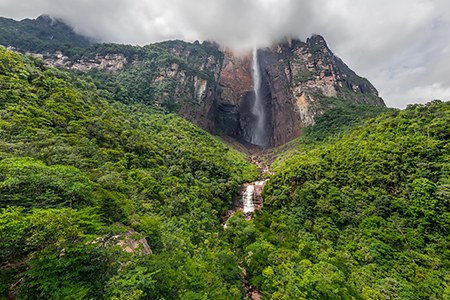 Trip to Angel Falls, Venezuela
Trip to Angel Falls, Venezuela
Show more




